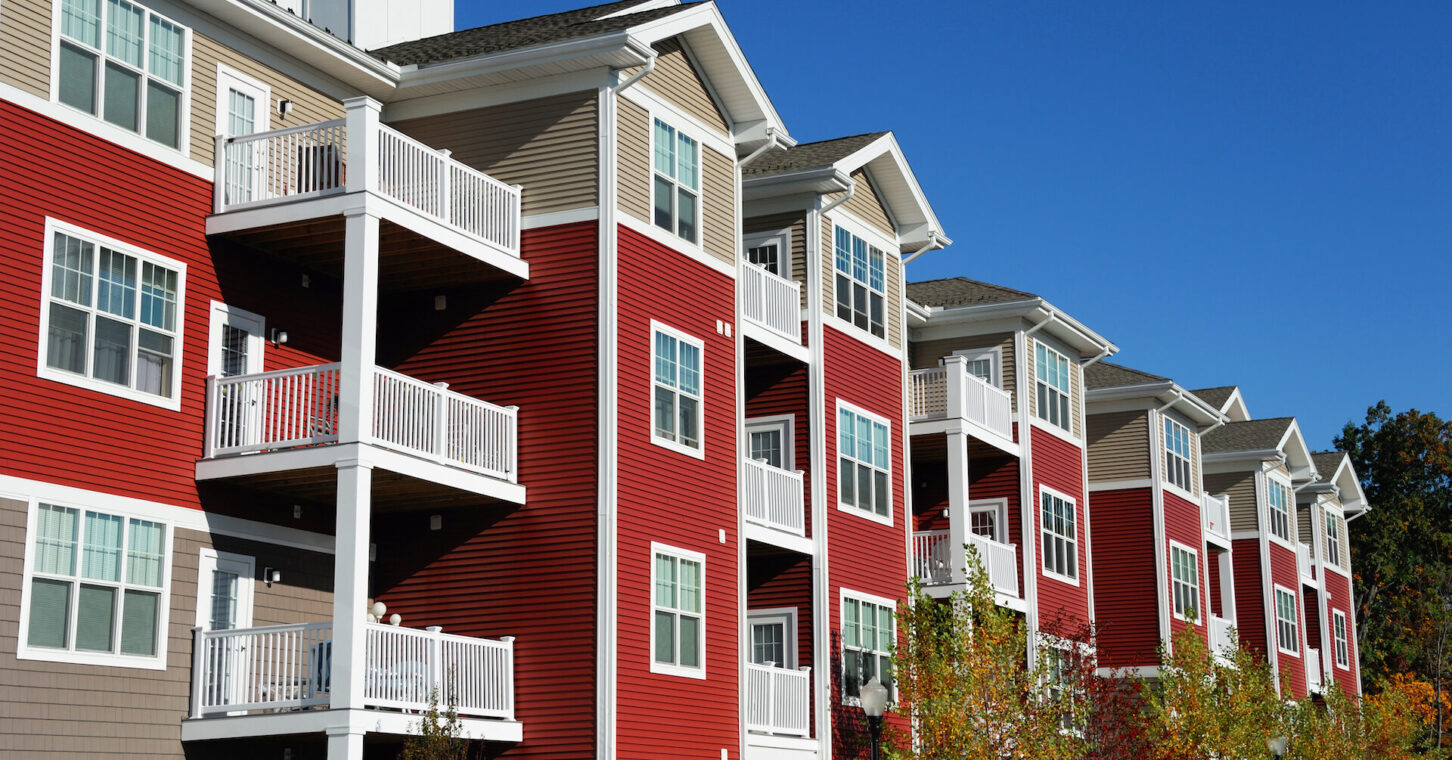
With housing costs putting a strain on home seekers in Georgia and throughout the country, renting is an increasingly feasible option for individuals and families trying to navigate a market marked by high cost and high demand. Given this burden and the uncertainty that shrouds it, it is important for renters to understand exactly where their money goes, and why.
The Georgia Public Policy Foundation has released a new study that analyzes how government regulations affect the cost of multifamily housing.
In total, federal, state and local regulation contributes 23.4% on average to the cost of multifamily housing. While regulation is not the sole driver of multifamily costs and housing in general, it is one area that policymakers can directly address.
The biggest contributors to regulation costs are changes to building codes. While any new structure should be in line and up to date with safety standards, the rationale for some building codes has little to do with public safety. Environmental sustainability initiatives or self-advocacy from industry representatives are examples of this. The interests that intersect within the application of building codes do not cancel out, they compound.
Developers must also comply with Occupational Safety and Health Administration (OSHA) rules, which offer workforce protections. It should be noted, too, that some of those regulations have been found to drive up costs while providing no additional protection for workers.
Other regulations include the cost of delay for compliance, costs for zoning approval, development impact fees, architectural design standards and other supplemental costs.
With all of these factors and interests playing into regulatory costs, and the fact that development processes will inevitably differ among jurisdictions, the rationale for some of these costs can get lost in the mix. Unfortunately, no matter how much of the regulatory cost is necessary or warranted, the cost will ultimately be borne by the renter.
Building regulations on multifamily structures like apartments, condominiums and townhomes are usually in place for the sake of safety and quality standards. However, now more than ever, it is necessary to assess additional costs and discriminate between what is helpful and what is harmful. In addition, it is important to contextualize these costs with housing trends and the popular policy proposals to address them. Many ancillary components also play into multifamily development.
Take rent control, a policy that limits the ability of landlords to raise rent above a certain price, for example. Plenty of evidence demonstrates that rent control is a harmful policy that can devastate communities in the long term. This study is no exception, as 80% of respondents said they would not build in jurisdictions that enacted rent control.
This point is especially relevant considering that a repeal of Georgia’s long-standing statewide ban on rent control was introduced in the state legislature this year. Although it did not receive a hearing, rent control still has support from many policymakers, including the mayor of Atlanta.
Another recent component in multifamily development is inclusionary zoning, which incentivizes developers to set aside housing units at below-market prices. Two-thirds of developers in this study reported that they typically build in jurisdictions that enforce inclusionary zoning, and over 40% of them reported that it added significantly to the cost of their projects. Atlanta was the first city in Georgia to implement inclusionary zoning, and it has since spread to other areas like Decatur and Athens.
Since inclusionary zoning is the most common affordability mandate – and unlike rent control, one that Georgia’s jurisdictions can legally enforce – it is notable that almost 90% of respondents reported that they do not avoid building in jurisdictions with those policies.
One housing trend that similarly influences builders is neighborhood opposition, commonly manifested as “not-in-my-back-yard,” or NIMBY. Over 90% of the developers surveyed in this study said they had encountered opposition to new multifamily construction, which included citizens opposing rezoning in public hearings and even lawsuits. Even if these efforts were unsuccessful, the delays caused by opposition add to cost, both in time and money.
In addition to this study, the Foundation has also published a similar analysis of single-family housing costs and a multi-part study on development impact fees. Housing costs ultimately affect many areas of public policy, and indeed quality of life. If Georgia policymakers and citizens want to uphold the state’s business-friendly reputation, we must work to make workforce housing more accessible.
Ultimately, like so many other economic questions, this is a matter of supply and demand. Throughout Georgia, including in critical areas where industry is growing, demand is high and supply is either too costly or not present. Our hope is that this study and the housing studies that preceded it will prove informative and helpful for citizens and policymakers – because housing is everybody’s problem.